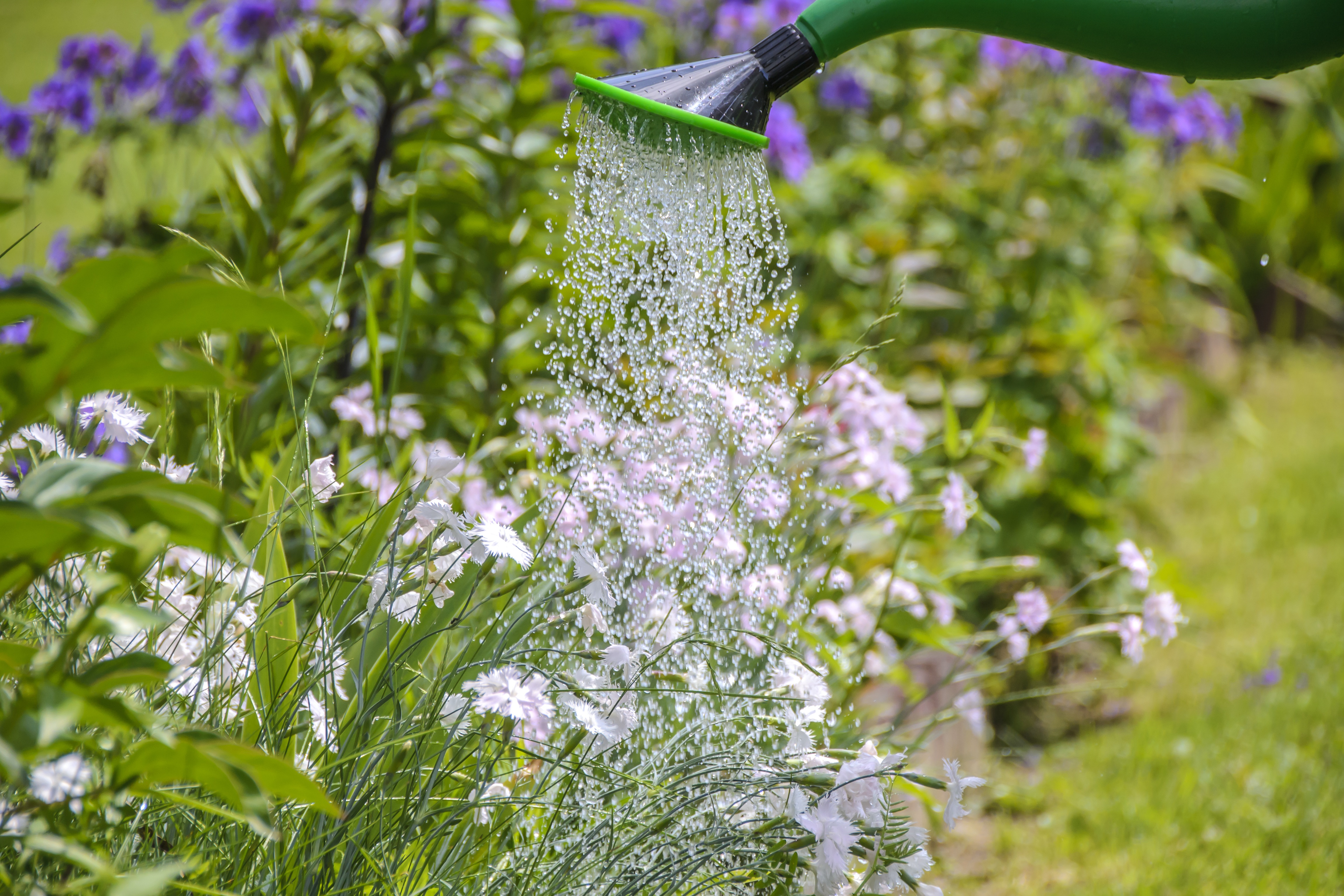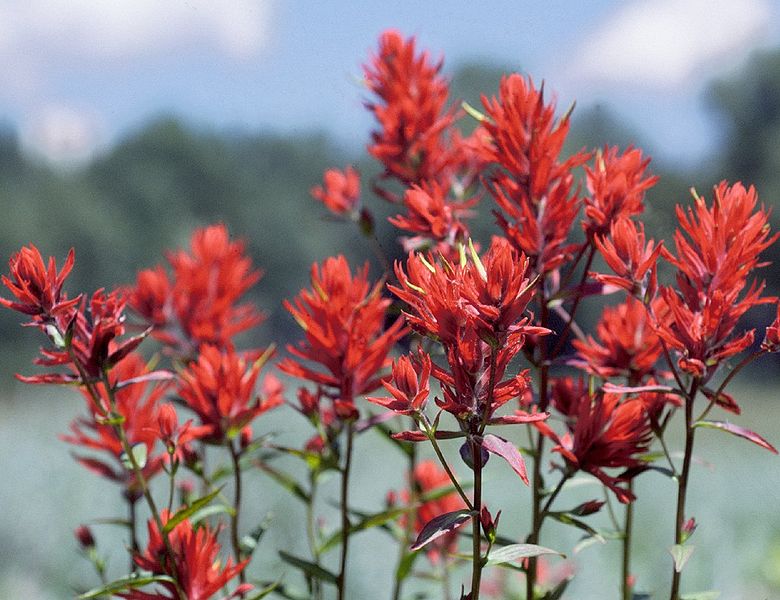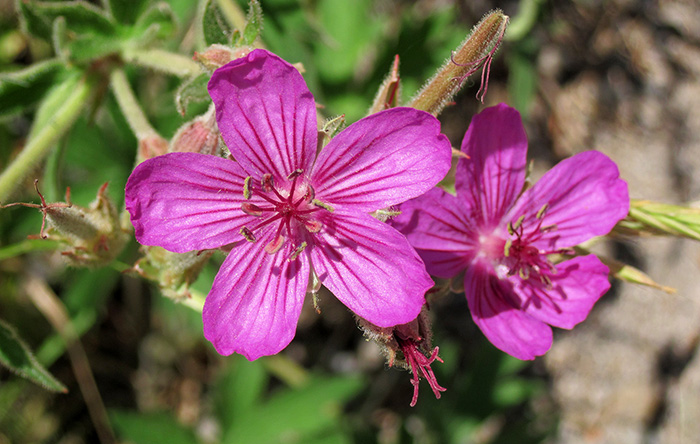BY EMILY CASEY, Big Sky Watershed Corps member
Did you know that Big Sky water use triples in the summer? Irrigating outdoor landscapes, including lawns and gardens, causes the exponential increase in use.
Why do we need to be conscious of drought and personal water use in Big Sky?
Experts forecast a water-stressed future for Southwest Montana. The 2017 Montana Climate Assessment predicts decreasing snow pack and late season surface flows. In addition, growth and development in the Big Sky community further stresses water supply. Implementing water conservation strategies will enable our community to better handle threats to water supply used for drinking water and recreation, as well as protect overall ecosystem health.
In Big Sky, summer is a great opportunity to save water and grow beautiful outdoor landscapes. Everyone can make an impact! Each drop of water saved is one that remains in the river.
Tips for a Drought Friendly Landscape
Planning
- Plan how you will use each area of your outdoor space and take note of site characteristics like soils, topography, aspect, and light availability.
- Choose plants suitable for your climate. According to the USDA, Big Sky is suitable for plants with Zone 4B Hardiness.
- Shrubs and trees planted next to your house can cool the building.
- Choose plants that are native to your area (Southwest Montana natives pictures below) to save water, discourage invasive species establishment, promote Southwest Montana’s natural heritage, and attract butterflies and pollinators. Check out this list created by Bozeman Water Conservation District for native, drought-tolerant shrubs, trees, and wildflowers.
- Cluster plants together that have similar watering and light needs.
- Indian Paintbrush
- Sticky Geranium
- Smooth Leaf Aster
Watering
- Water deeply and infrequently to encourage deep root development. Lawns in dry climates only need to be watered 2-3 times a week for 15-30 minutes.
- Water during early morning hours to minimize loss to evaporation from heat.
- Gradually shorten watering cycle to discover shortest time needed to promote plant health.
- Adjust irrigation cycles to match the season.
- Choose water efficient irrigation devices, like weather-based smart controllers and rain sensors. Visit the Big Sky Water Conservation webpage to learn about rebate offers for these products.




